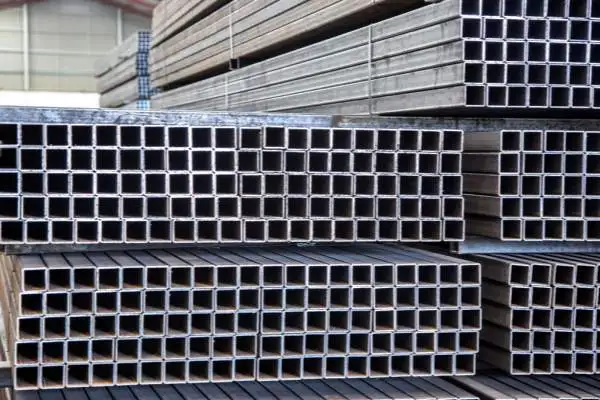When selecting stainless steel pipes for industrial applications, especially those governed by ASTM A312, understanding their mechanical performance—particularly hardness—is crucial. Hardness not only reflects a material’s ability to resist deformation and wear but also correlates with its durability and processability. ASTM A312 straight seam stainless steel pipes are subjected to a range of hardness testing methods to ensure they meet strict quality and application standards.
Super Steel Manufacturing Co.,Ltd is professional stainless steel pipes manufacturer, for more details, please contact:sales@super-steels.com
Hardness Performance Overview of ASTM A312 Straight Seam Stainless Steel Pipes
1. Common Hardness Test Methods
ASTM A312 stainless steel pipes are typically evaluated using three main hardness testing methods:
Brinell Hardness (HB):
The most commonly used method in stainless steel pipe standards. Brinell hardness is determined by measuring the diameter of an indentation made by a hardened steel ball under a fixed load. This method is intuitive and ideal for thicker, softer metals but is less suitable for thin or particularly hard steel pipes.
Rockwell Hardness (HR):
This method, like Brinell, is based on indentation, but it measures the depth of penetration. The Rockwell test is more versatile, applicable to a wide range of materials from very soft to very hard, and is quicker, with results directly displayed on the tester. While not as precise as Brinell due to its smaller indentation, it compensates with speed and convenience. HRC is the most frequently used scale in pipe testing.
Vickers Hardness (HV):
Known for its high precision, the Vickers test is ideal for very thin materials and surface layers. It combines the advantages of Brinell and Rockwell methods but is less commonly applied due to its complexity and longer testing time.
Application of Hardness Testing Based on Pipe Dimensions
The appropriate hardness test method for stainless steel pipes depends on the inner diameter and wall thickness:
For annealed pipes with inner diameter >6.0 mm and wall thickness <13 mm:
The W-B75 Vickers hardness tester is preferred for fast, simple, and non-destructive quality checks.
For pipes with inner diameter >30 mm and wall thickness >1.2 mm:
Use a Rockwell hardness tester to measure HRB or HRC values.
For pipes with inner diameter >30 mm but wall thickness <1.2 mm:
A surface Rockwell hardness tester is used to measure HRT or HRN values.
For smaller pipes with inner diameter between 4.8 mm and 30 mm:
A dedicated pipe Rockwell tester is used to evaluate HR15T hardness.
For inner wall hardness testing (diameter >26 mm):
Either a standard Rockwell or a surface Rockwell tester can be applied for inner wall evaluation.



 English
English Español
Español Français
Français بالعربية
بالعربية





















